Surgical blades are essential tools in the medical field, used by surgeons and other healthcare professionals to perform precise incisions. The variety of surgical blades available can be overwhelming, especially for those new to the field. This comprehensive guide will explore the different types of surgical blades, their specific uses, and how they are categorized.
Surgical blades are precision instruments used in various medical procedures, including surgeries, dissections, and autopsies. These blades come in numerous shapes and sizes, each designed for specific tasks. Understanding the different types of surgical blades and their applications is crucial for anyone working in a medical or veterinary setting.
When discussing how many types of surgical blades are there, it's important to start with the basic types. The most common surgical blades include:
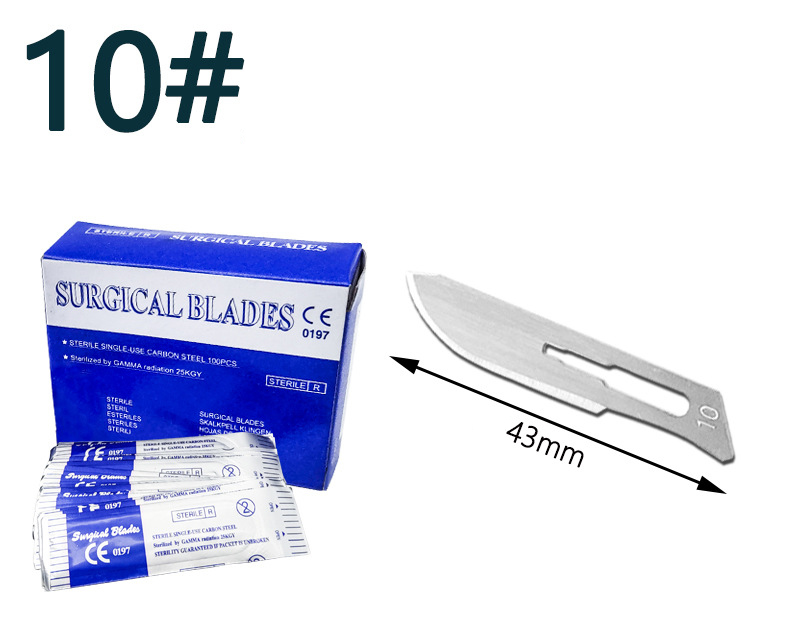
The #10 blade is one of the most commonly used surgical blades. It features a large, curved cutting edge and is used for making large incisions in the skin and subcutaneous tissues.
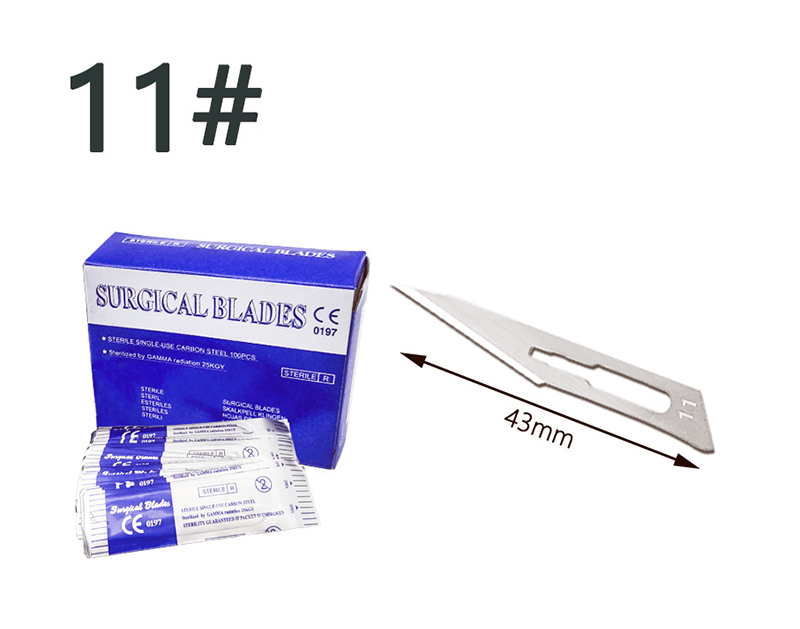
The #11 blade has a sharp, pointed tip and is often used for stab incisions, such as those made during laparoscopic procedures. It's also commonly used for creating incisions in blood vessels and for arthroscopic procedures.
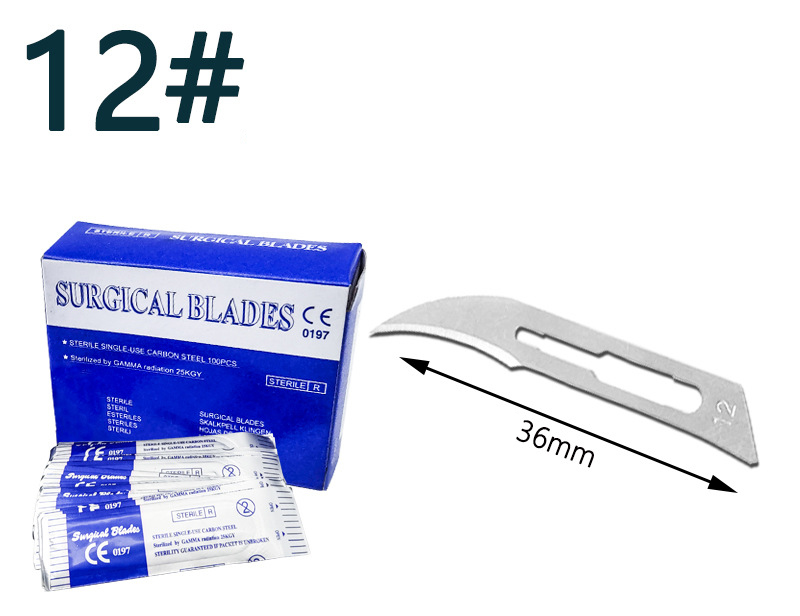
The #12 blade has a hook-shaped design and is typically used in procedures that require the surgeon to cut along a curve, such as tonsillectomies or parotid surgeries.
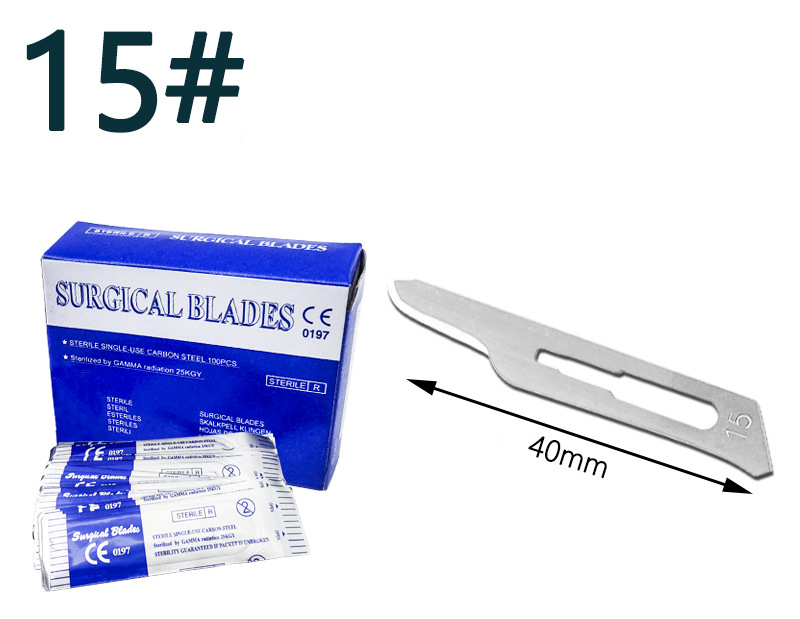
The #15 blade is small with a curved cutting edge, making it ideal for making short and precise incisions, such as those needed in plastic surgery or pediatric procedures.
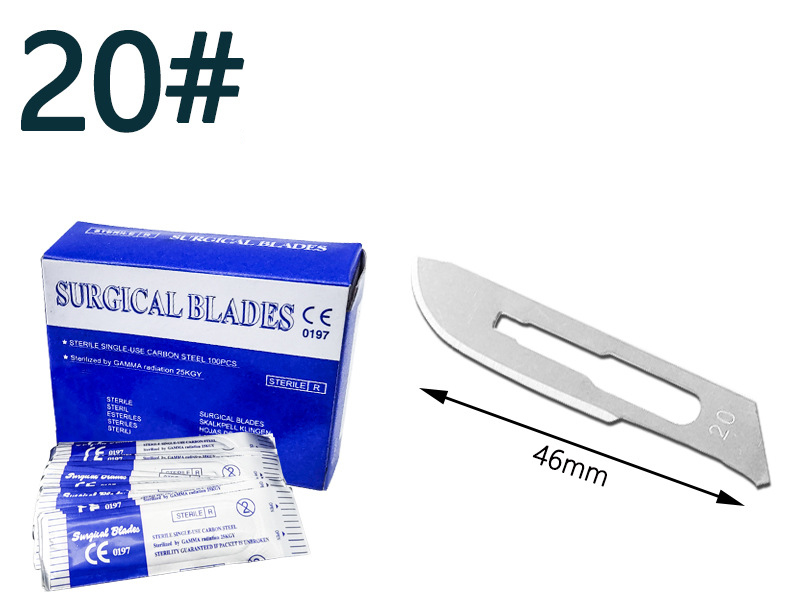
The #20 blade is larger than the #10 blade and is used for making large incisions through thick tissues.
Beyond the basic types, there are many specialty surgical blades designed for specific procedures. These specialty blades include:
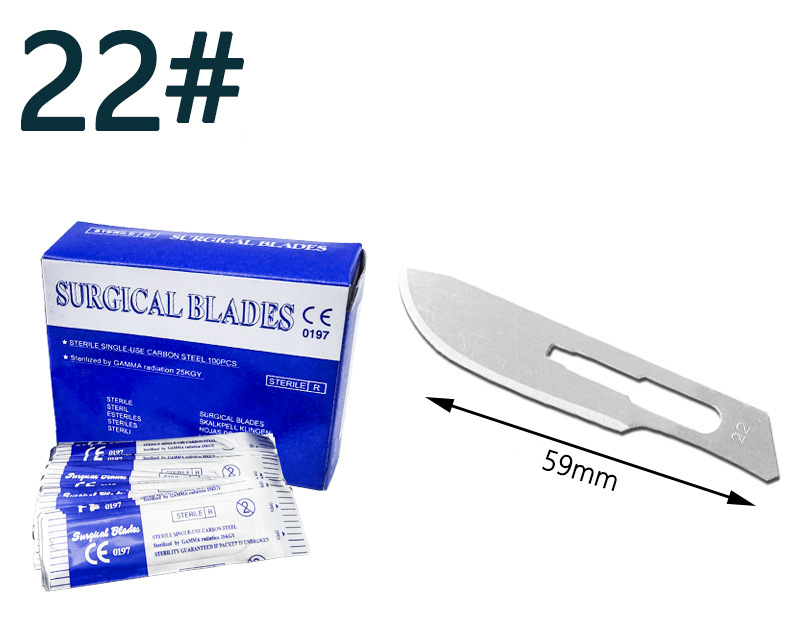
The #22 blade is similar to the #20 blade but with a more pointed tip, making it useful for creating deeper incisions in dense tissue.
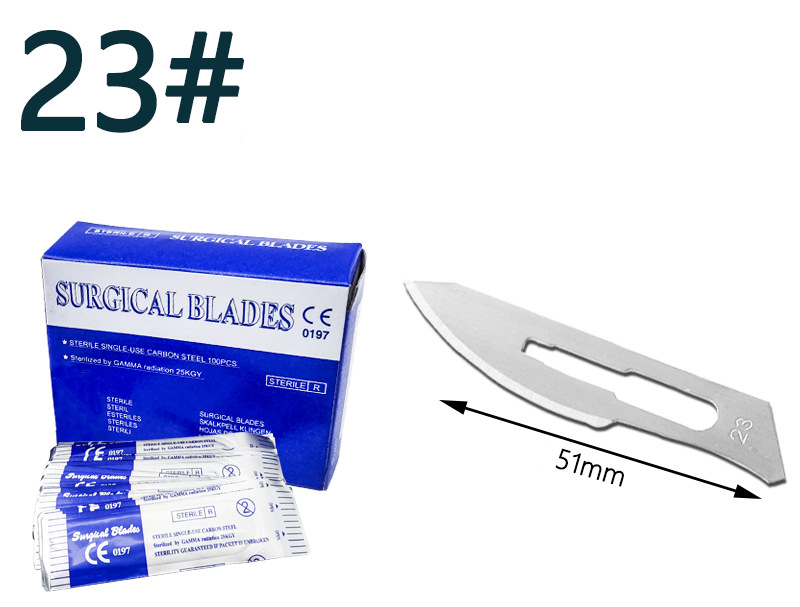
The #23 blade features a longer, curved cutting edge and is used for general surgical procedures that require long incisions.
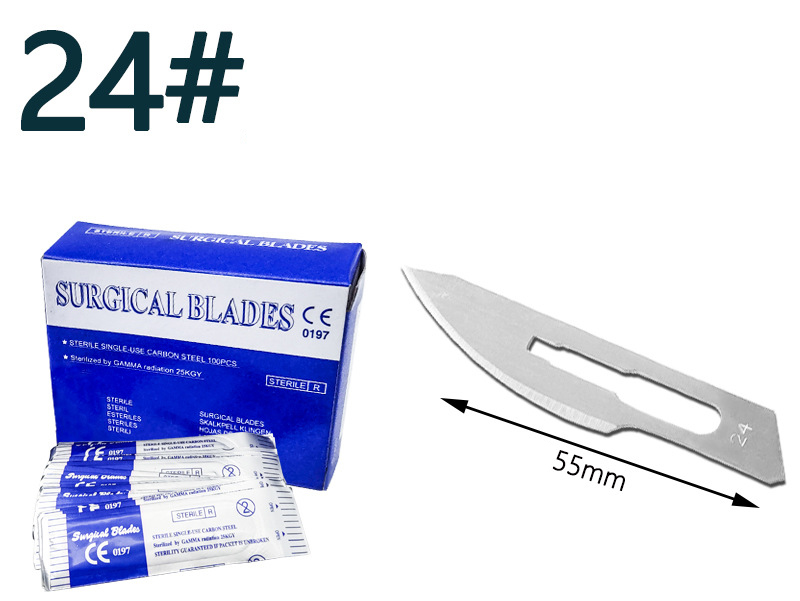
The #24 blade is similar to the #10 blade but is larger and has a more pronounced curve, making it suitable for making large incisions in thick tissue.
The #25 blade has a pointed tip and is used for making precise incisions in areas with limited access, such as the nasal or oral cavity.
The #36 blade is unique in its design, with a straight edge and a rounded tip, often used in ophthalmic surgery for precise corneal incisions.
Surgical blades can also be categorized based on their shape and size. Understanding these categories can help clarify how many types of surgical blades are there:
Curved blades, such as the #10 and #15, are designed for making precise, curved incisions. These blades are often used in surgeries that require careful dissection of tissues.
Pointed blades, like the #11 and #25, are designed for puncturing tissues and making small, precise incisions. These blades are commonly used in vascular surgery and other procedures that require delicate handling of tissues.
Hooked blades, such as the #12, are designed for cutting along curves or around structures. These blades are often used in tonsillectomies and other procedures that require precise control over the incision.
Straight blades, like the #36, are typically used in ophthalmic surgery where precise, straight incisions are necessary.
Another way to categorize surgical blades is by their disposability. This brings us to a critical distinction when considering how many types of surgical blades are there:
Disposable surgical blades are designed for single use. They are typically made of stainless steel and are pre-sterilized. These blades are convenient and reduce the risk of cross-contamination.
Reusable surgical blades are made of more durable materials, such as carbon steel, and can be sterilized and used multiple times. While they require more maintenance, they can be more cost-effective in the long run.
The material from which a surgical blade is made can impact its performance and suitability for specific tasks. When asking how many types of surgical blades are there, considering the material is crucial:
Stainless steel blades are the most common type of surgical blade. They offer a good balance of sharpness and durability and are resistant to rust and corrosion.
Carbon steel blades are sharper than stainless steel blades and maintain their edge longer. However, they are more prone to rusting if not properly cared for.
Ceramic blades are less common but are incredibly sharp and resistant to wear. They are often used in specialized surgeries where precision is critical.
Diamond blades are among the sharpest and most durable surgical blades available. They are used in highly specialized procedures, such as eye surgery, where extreme precision is required.
Surgical blades are used in a wide range of medical procedures. Here are some examples of how different types of surgical blades are used:
In general surgery, the #10 and #20 blades are often used for making large incisions through the skin and muscle tissue.
Plastic surgeons often use the #15 blade for making small, precise incisions in the skin during cosmetic procedures.
In vascular surgery, the #11 blade is commonly used for creating small, precise incisions in blood vessels.
The #36 blade, with its straight edge and rounded tip, is ideal for making precise corneal incisions during eye surgery.
Orthopedic surgeons may use larger blades, such as the #20 or #22, for making incisions in thick muscle tissue and bone.
When discussing how many types of surgical blades are there, it is crucial to consider the safety implications of using these tools:
Always handle surgical blades with care. Use a blade holder or forceps to attach and remove blades from the handle to avoid accidental cuts.
Ensure that all surgical blades are properly sterilized before use. Disposable blades should be used only once, while reusable blades must be thoroughly cleaned and sterilized between uses.
Used surgical blades should be disposed of in a sharps container to prevent injury and contamination. Never leave used blades in areas where they could be accidentally handled.
Understanding how many types of surgical blades are there is essential for anyone involved in surgical procedures. With a wide variety of blades available, each designed for specific tasks, it’s crucial to choose the right blade for the job. From basic blades like the #10 and #11 to specialty blades like the #36, each type plays a vital role in ensuring the success of a surgery.
Whether you are a seasoned surgeon or a student just starting out, familiarizing yourself with the different types of surgical blades and their uses will help you perform procedures more effectively and safely.